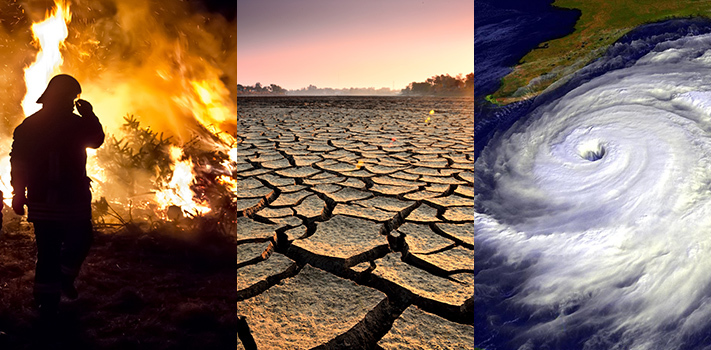Authar : Riffat Omer [ Nurse Health care Manager]
Septicemia, also known as sepsis, is a potentially life-threatening condition that occurs when the body’s response to infection goes into overdrive. It happens when bacteria or other infectious agents enter the bloodstream and spread throughout the body. As a result, the immune system releases chemicals into the blood to fight the infection, causing inflammation throughout the body. This inflammation can cause damage to organs and tissues, and in severe cases, septic shock can occur, leading to multiple organ failure and death.
There are many different types of bacteria that can cause septicemia, including staphylococcus, streptococcus, and E. coli. Other types of infections, such as pneumonia, urinary tract infections, and skin infections, can also lead to septicemia. People with weakened immune systems, such as those with HIV/AIDS, cancer, or diabetes, are more susceptible to developing septicemia.
The symptoms of septicemia can vary, but often include fever, chills, rapid heartbeat, rapid breathing, low blood pressure, and confusion. As septicemia progresses, it can cause more severe symptoms such as organ failure, septic shock, and even death.
Treatment for septicemia typically involves hospitalization and the administration of antibiotics to fight the underlying infection. In severe cases, patients may require supportive care such as mechanical ventilation, dialysis, or surgery to remove infected tissue. Early diagnosis and treatment are crucial to improving the outcome for patients with septicemia.
In addition to antibiotics, other treatments for septicemia may include fluids to help maintain blood pressure and prevent dehydration, oxygen therapy to improve breathing, and medications to manage pain and fever. Patients with severe septicemia may also require medications to support their heart function and improve blood flow.
There are many hospitals and medical centers that specialize in the treatment of septicemia. These institutions may have dedicated units and staff trained in the management of septicemia and other severe infections. If you suspect that you or a loved one may have septicemia, it is important to seek medical attention immediately. Time is of the essence when it comes to treating this potentially life-threatening condition.






